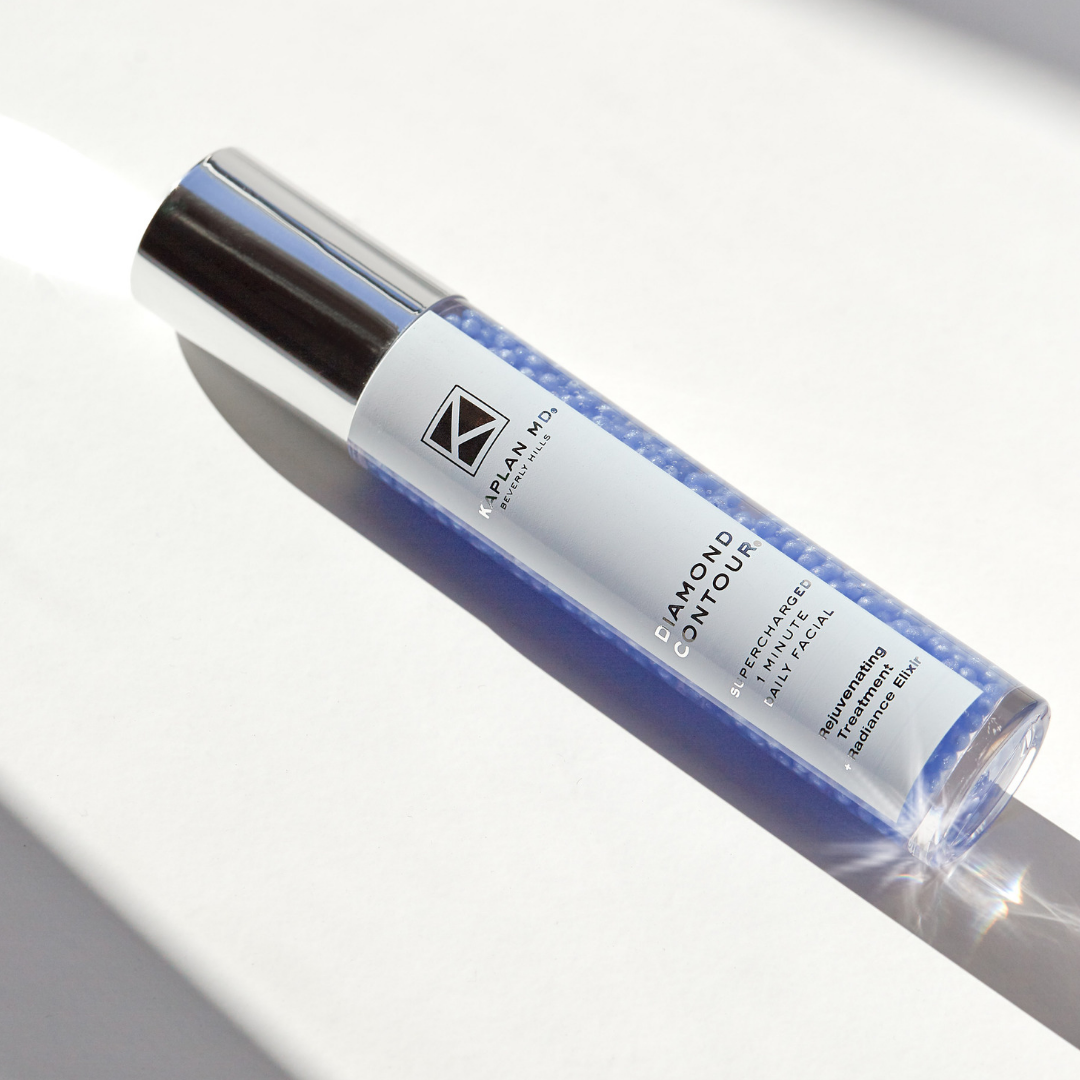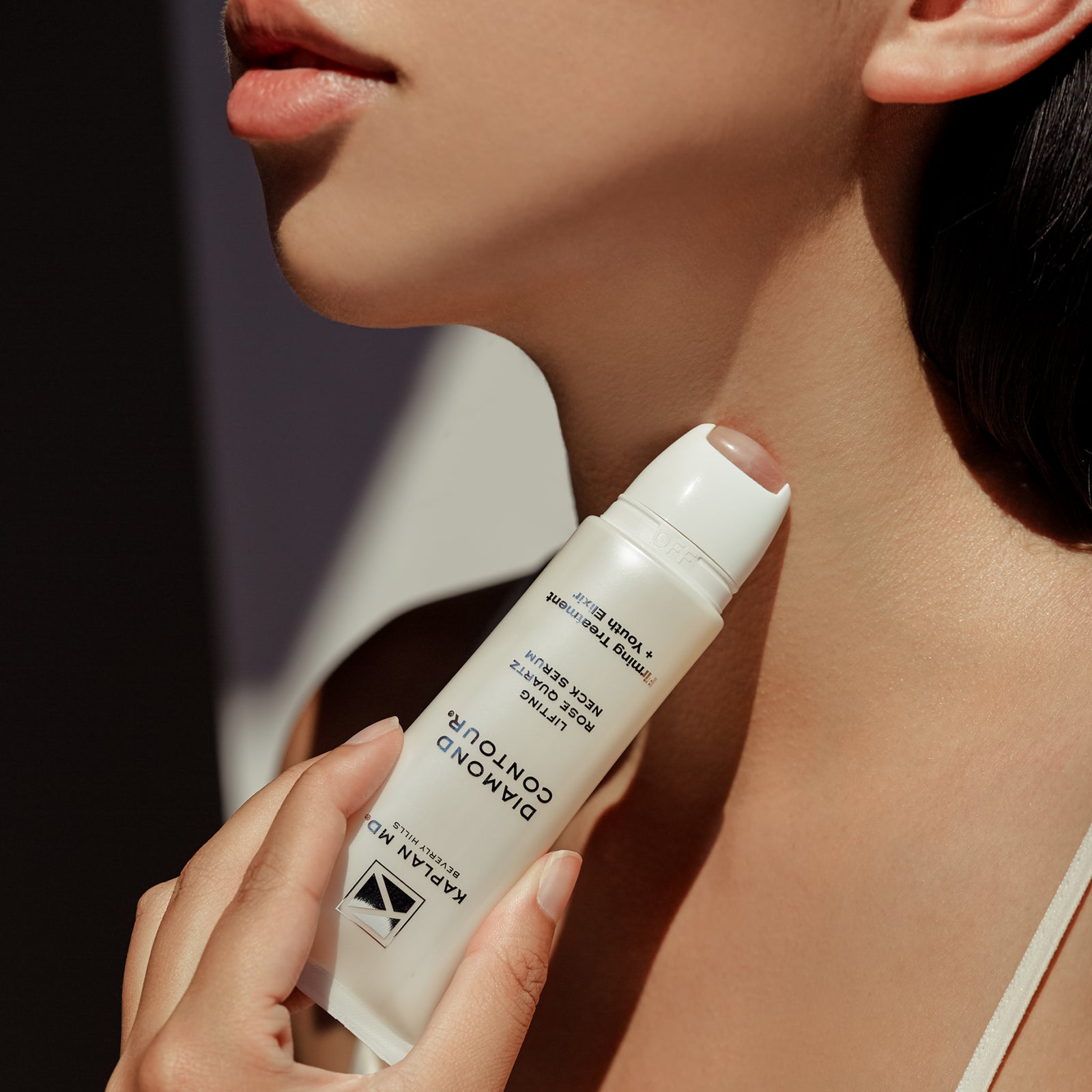Dr. Kaplan – Melanoma
MELANOMA
Malignant melanoma is a form of skin cancer. It is often simply called “melanoma.” This skin cancer can spread quickly. Finding and treating melanoma before it spreads is important. With an early diagnosis and treatment, melanoma has a high cure rate.
THOSE AT RISK FOR MELANOMA
Anyone can get this type of skin cancer. Melanoma occurs in people of all skin colors and all ages. The number of Americans who get melanoma keeps rising. Many of these melanomas could have been prevented. Protecting your skin from the sun and not using tanning beds reduces the risk of getting all forms of skin cancer, including melanoma.
CAUSES OF MELANOMA
Exposure to ultraviolet (UV) rays clearly plays a role, especially in people who have fair skin. We get exposure to UV rays from the sun. Getting many sunburns, especially blistering sunburns as a child or teenager, rises the risk of getting melanoma. Research now proves that using tanning beds also exposes us to harmful UV rays. Not all melanomas are caused entirely by UV rays. Other risk factors increase a person’s likelihood of getting melanoma.
RISK FACTORS FOR MELANOMA
If you have any of these risk factors, you have a greater risk:
Light skin, hair and eyes
- Fair, sun-sensitive skin that tans poorly or burns easily
- Red or blond hair
- Blue or green eyes
Moles
- 50 or more small moles
- Unusual-looking moles that are often larger than normal and have uneven edges (may be called dysplastic nevi or atypical moles)
Past sunburns or indoor tanning
Had melanoma or other skin cancer
Blood relatives (parent, child, sibling, cousin, aunt, uncle) that have had melanoma
Weak immune system (due to disease, organ transplant, or medicine)
Age 50 years or older
Being younger than 50 does not mean you cannot get this skin cancer. Melanoma is the most common form of cancer for young adults 25-29 years old and the second most common cancer in adolescents and young adults.
Because the number of people getting melanoma continues to rise, dermatologists recommend that everyone learn the warning signs of melanoma. If you have one or more risk factors, this is especially important.
WARNING SIGNS OF MELANOMA
A common warning sign of melanoma is change. Melanoma may start in an existing mole. A change to the shape, color, or diameter (size) of a mole can be a sign of melanoma. Other changes to watch for include a mole that becomes painful or begins to bleed or itch.Not all melanomas start in a mole. Some melanomas begin suddenly on normal skin. A sudden new growth could be melanoma.
Performing skin self-exams, at least yearly, can help you detect these warning signs. When you examie your skin, it is helpful to look for the ABCDEs of melanoma detection:
A stands for ASYMMETRY; one-half does not look like the other half.
B stands for BORDER; irregular, scalloped or poorly defined border.
C stands for COLOR; varied from one spot to another; shades of tan and brown, black; sometimes white, red, or blue.
D DIAMETER; melanomas are most often greater than 6 millimeters (the size of a pencil eraser) when diagnosed, but they can be smaller.
During a skin self-exam, it helps to remember that moles are usually one color, round or oval, and have a well-defined border. Melanomas tend to show the opposite.
When you examine your body, it is important to examine your skin and nails. Melanoma can appear on any part of your skin. The most likely places are the upper back, torso, lower legs, face, scalp, and neck. Be sure to check all of your skin, though.
Melanoma also begins under our nails, inside our mouth, on our genitals, and even in an eye. Be sure to check these areas, too. Under a nail, melanoma often appears as a dark streak of color.
If you remember only one fact, it should be this: melanomas show up in many shapes and sizes but share one key trait. Melanomas tend to look different from your moles. Dermatologists often tell their patients to look for the “ugly duckling.”
WHAT TO DO IF YOU HAVE A WARNING SIGN
Make an appointment to see a dermatologist if you have any of these warning signs. The doctor will do a complete skin exam to look at your moles and new growths.If your dermatologist finds a mole or growth that looks like melanoma or another type of skin cancer, the dermatologist will perform a skin biopsy. This is a simple procedure, which a dermatologist can to in the office. To perform a biopsy, your dermatologist will numb the area and remove the growth, or part of it. Your dermatologist will send this to a lab.
A biopsy is the only way to tell whether a patient has melanoma or another type of skin cancer. At the lab, a doctor will use a microscope to look at what your dermatologist removed. The doctor is looking for cancer cells. If the doctor sees cancer cells, the doctor can usually tell what type of cancer it is. Sometimes the doctor also can tell the stage of the cancer. The biopsy report will tell what the doctor found.
Knowing the stage of the cancer is important. Each stage requires different treatment. If the stage could not be determined at the lab, your dermatologist may refer you to another doctor for more tests.
To determine the stage of melanoma, you may need imaging tests. These tests include x-ray, ultrasound, computed tomography (CT scan), magnetic resonance imaging (MRI) and positron emission tomography (PET scan).
Sometimes a surgical procedure known as a sentinel lymph node biopsy is necessary to identify the stage of melanoma. When melanoma spread, it often travels first to the closest (sentinel) lymph nodes. By removing one or a few of these lymph nodes, the doctor can tell whether the melanoma has spread to nearby lymph nodes. Not all patients who have melanoma need this procedure. Your doctor will tell you if you need it.
STAGES OF MELANOMA
The stage tells how far the cancer has spread. The melanoma stages are as follows:
Stage 0; in situ
Melanoma is confined to the epidermis (top layer of skin).
Stage I-II
Melanoma is confined to the skin, but has reached the second layer of skin (dermis) or beyond.
Stage III
Melanoma has spread to nearby lymph nodes.
Stage IV
Melanoma has spread to internal organs, beyond the closest lymph nodes to other lymph nodes, or areas of skin far from the first tumor.
TREATMENT OF MELANOMA
Treatment often starts with complete surgical removal of the melanoma and normal-looking skin around it. Removing normal-looking skin is called “taking margins.” This helps make sure that cancer cells are removed.When detected early and treated, this may be the only treatment necessary. In its earliest stage of growth, melanoma affects just the epidermis, the outer layer of skin. Your dermatologist may refer to this type of melanoma as “in situ” or “stage 0.” At this stage the cure rate with surgical removal is nearly 100 percent. Your dermatologist can remove melanomas in this stage during an office visit.
If the cancer has spread beyond the skin, treatment will be more involved. Treatment may include more surgery to remove the tumor. Treatment also may involve radiation therapy or chemotherapy to kill cancer cells. Some patients receive immunotherapy to boost their body’s immune system, which increases the body’s abilities to fight the cancer. If the melanoma is advanced, the patient often receives a combination of these treatments.
MELANOMA CAN RETURN
Patients who have had melanoma have a higher lifelong risk of developing new melanomas. Melanomas also can recur (return). Melanoma can spread. Because of these risks, it is essential that you keep all appointments with your dermatologist. The earlier you find melanoma and treat it, the better the prognosis (likely outcome).You can help find skin cancer early by performing skin self-exams. Make sure you know the warning signs of melanoma and look for the ABCDEs. If you notice a changing mole or any other warning signs of melanoma, make an appointment to see your dermatologist right away.
PROTECTING YOURSELF AGAINST MELANOMA
You can prevent many melanomas (and other skin cancers) by protecting your skin from the sun. Here’s how you can Be Sun Smart:
- Generously apply a broad-spectrum, water-resistant sunscreen with a Sun Protection Factor (SPF) of 30 or more to all exposed skin. The term broad-spectrum means that the sunscreen provides protection from both ultraviolet A (UVA) and ultraviolet B (UVB) rays. Reapply every two hours – even on cloudy days – and after swimming or sweating.
- Wear protective clothing, such as a long-sleeved shirt, pants, a wide-brimmed hat, and sunglasses, where possible.
- Seek shade when appropriate. Remember that the sun’s rays are strongest between 10 a.m. and 4 p.m. If your shadow appears to be shorter than you are, seek shade.
- Use extra caution near water, snow, and sand because they reflect and intensify the damaging rays of the sun, which can increase your chances of sunburn.
- Get vitamin D safely through a healthy diet that may include vitamin supplements. Don’t seek the sun.
- Avoid tanning beds. Ultraviolet light from the sun and tanning beds can cause skin cancer and wrinkling. If you want to look tan, consider using a sunless self-tanning product, but continue to use sunscreen with it.
- Check your birthday suit on your birthday and as frequently as recommended by your dermatologist. If you notice anything changing, growing, or bleeding on your skin, see a dermatologist. Skin cancer is very treatable when caught early.
All content solely developed by the American Academy of Dermatology.








